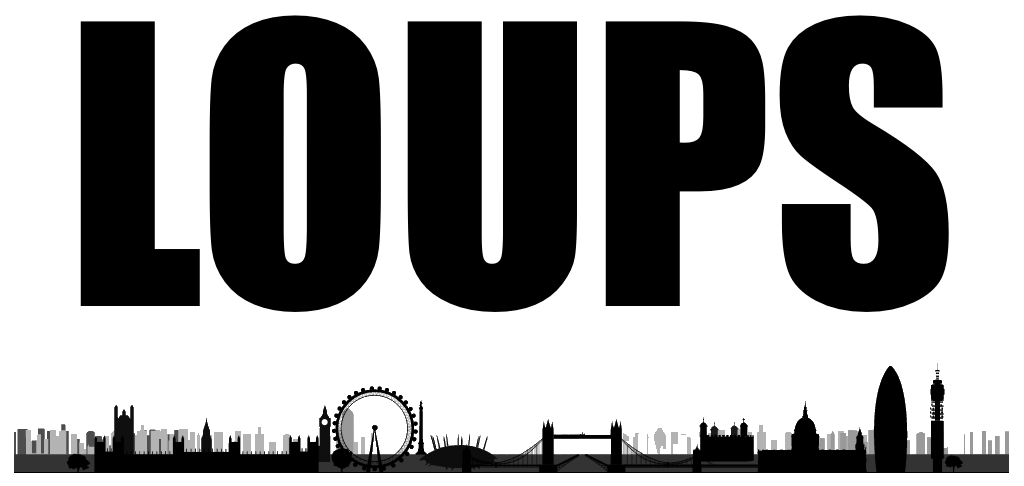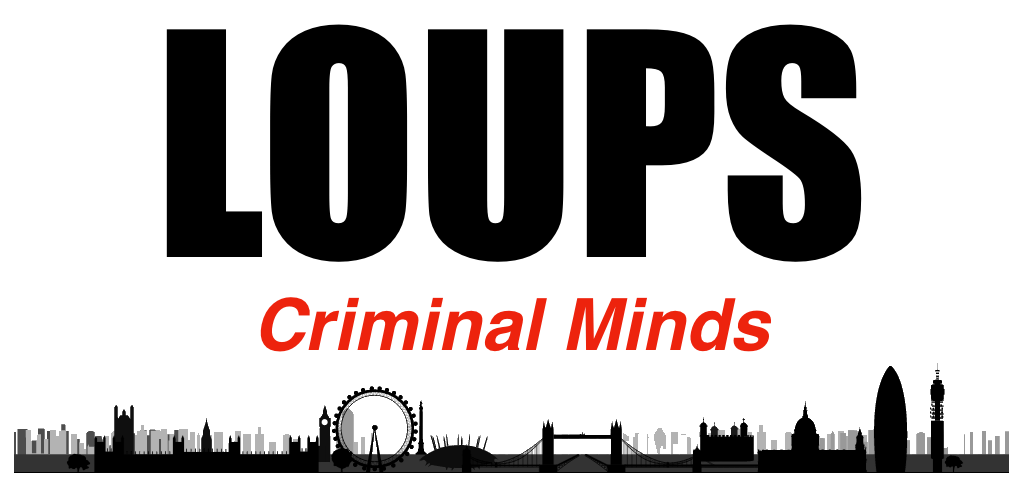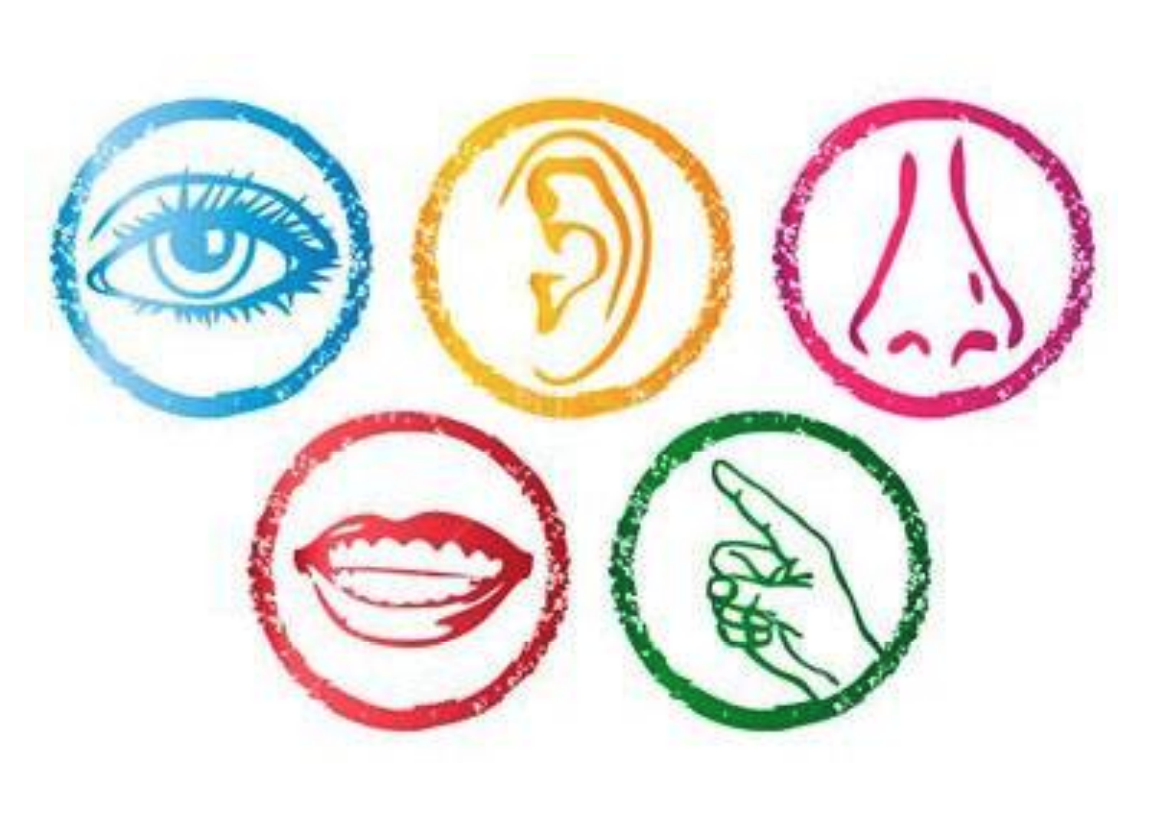Mental Health: working in the system
LOUPS Spring Conference 2023: Mental Health – Working in the System.
On Saturday the 18th of March 2023, the London Open University Psychological Society [LOUPS], hosted their Spring conference, Mental Health – Working in the System. The conference was moved to virtual delivery due to rail disruption. However, as David mentioned in his introduction, the last March LOUPS conference took place right before lockdown, and prior to that, the Beast from the East showed up. LOUPS are nothing if not formidable! Today’s conference was timely and especially relevant to DD310, although much of the content is relevant to other modules, as well as in daily life.
One of the many benefits of LOUPS events is the connection and reflection the individual lectures and the program of lectures elicits. Mental Health – Working in the System, provided insights into working therapeutically in forensic settings, research into school bullying and its evolution, mindfulness in applied settings, and the healthcare experiences of autistic people. Each of the wonderful presenters gave engaging and memorable lectures with multiple aspects which one finds oneself mentioning in conversations: whether at the proverbial water cooler or elsewhere. The lectures linked to one another through recurrent themes or notions. This was another excellent conference from LOUPS with a diverse program of lectures.
Mary Haley (HMP Grendon) started the conference with a truly incredible lecture, "Can Psychotherapy In Prisons Help Both Prisoners and The Public? Or Are We Fooling Ourselves And Wasting Money?" Provocative title? Perhaps at first glance. However, for everyone who has studied DD310, read Fred and Olga’s book [link] or engaged with the myriad of true crime content, the interest in the minds of offenders is tangible. Mary’s lecture ingeniously linked to following lectures, as well as the October 2022 Criminal Minds conference [link]. The insight she provided into therapy in prisons is invaluable for everyone interested in both psychotherapy and forensic psychology. Especially, at the apex of these interests, therapeutic communities (TC), such as those at HMP Grendon, where Mary has been Head of Psychotherapy, and is the Clinical Training and Development Manager.
The therapeutic relationship is an important part of psychotherapy and can have significant influence on the outcome of therapy. In a forensic setting, the power dynamics are complicated by the necessities of the context, for example, keeping residents secure. Mary referenced how prison can be ‘infantilising’ due to the tight scheduling. However, therapeutic communities, such as those within Grendon, operate in as much a democratic manner as possible within the confines: physical and psychological. Trust, central in all relationships, is especially crucial in therapy in forensic settings, but also exceptionally fragile, with the ruptures caused by the pandemic having an enduring impact leading to more deselections, or leaving the therapeutic community, than were seen pre-pandemic. Although, things are improving.
Can Psychotherapy in Prisons Help Both Prisoners and the Public? Yes. Mary spoke about Bowlby and attachment theory as well as the work of the Robertsons looking at the impact of maternal deprivation. The prison population have more incidence of personality disorder diagnoses than the general population. While correlation does not equal causation, it is important to recognise the background of residents, which forms part of the formulation process. However, Mary shared some quotes from residents who thoughtfully and bravely reflected upon their time at Grendon. Moving quotes which demonstrate that, despite what some mainstream media outlets proliferate, genuine change can and does happen within those walls. One of the aims of therapy within prisons is to help people understand their offences were choices. Many themes weaved throughout the conference, but, for me, the notion of choice, was particularly relevant.
Mary’s excellent lecture included a Q&A session. Among the questions asked included why music-based therapeutic interventions were less offered in therapeutic communities, being found more in TC+, which cater to those with learning disabilities. Funding is the short answer, but there is a growing use of music within TC which also demonstrates the dynamic nature of these environments. A keen interest among attendees was the selection process. Mary explained that inmate behaviour is looked at, such as can they calm their emotions? Are they free from drugs? Importantly, if a person is not selected at this moment, they can reapply in the future. Conversely, someone who is deselected, is able to reapply again. Mary’s lecture was an excellent, moving, and thought-provoking start to the conference and offered more hope than one might have expected.
Professor Peter Smith, Goldsmiths and University of London presented "The School Bullying Research Program: How and Why the Program Developed and Practical Outcomes for Intervention". Peter’s lecture included the trajectory of research into school bullying and cross-cultural aspects. The sociocultural contexts have changed with the technological advancements, but boys tend towards more physical and direct types of bullying, while girls tend to be more involved in cyberbullying. The risk factors listed in the ecological perspective linked to Mary’s talk as familial relationships and individual factors, such as temperament, are significant. Arguably significant whether bully or target. As someone with a history of the latter, Peter’s talk was interesting but difficult, but linked to choices in both how people behave and how this behaviour is experienced.
Peter presented some interesting findings from four phases of bullying studies, including dominant ideology. For example, where phase 1 considered bullying as physical, indirect aggression emerged in phase 2 research, international research programs in phase 3, and cyberbullying in phase 4. One of the first questions posed to Peter concerned the differences, if there any, between bullying in state schools and private schools. It is an area with not much research, but broadly similar trends predicted. However, Peter mentioned a sharp rise in publications of bullying research which can be linked to the intersection of knowledge, awareness and attitudes, and action. Peter provided helpful advice when conducting searches and featured some methodological discussion.
Practical Outcomes for Intervention was a tough aspect of the lecture, indeed a difficult aspect in general, as Peter referenced, there “is no single solution that will suit all”. The schools choose how to tackle bullying and some interventions can have their own problem. For example, a recognisable clothing item on peer supporters can both mark out a ‘safe’ person but can inhibit targets going to them as it is noticeable and may cause further torment. Interestingly, Mary had referenced how SureStart Centres had seen people in the most deprived areas afraid to go into them, so the notion of support being visible can have unintended consequences. However, with the high-profile tragedies which confront us weekly from targets feeling there is only one escape, it is imperative to continue the research into bullying and to find beneficial interventions to make meaningful change.
One of the dominant links between Mary and Peter’s talks was the discussion of restorative justice (RJ). Restorative justice principles move away from blame by focusing on repairing fractured relationships. In TC, psychodramas enable members to act out a situation with proxies to reflect upon and consider the choices made and their impact. In school-based RJ interventions, parties find out each other’s feelings and work towards repairing harm rather than apportioning blame. Reflective rather than reactive. However, there are issues to consider with interventions, including the school climate, family situation, and popular bullies. Peter’s lecture was a brilliant end to the morning’s lectures and provided food for thought heading into the lunch break.
No post-lunch slump with multi-hyphenate mindfulness Powerhouse, Dr Jutta Tobias Mortlock presenting the third lecture, "Next Generation Mindfulness Training in Military Teams". Jutta recommended we “open our minds to mindfulness” and discussed the value in Slowing Down to Speed Up. Paradoxical as it may sound, using the example of a biker, Jutta asked us what is good about driving fast, followed by what do we miss by driving fast? Adrenaline rush was among the first responses, while safety and risk followed. However, beyond safety concerns, one of the benefits of slowing down, in the context of the biker and beyond, is that the peripheral blur of the world around you becomes clearer. Jutta mentioned that one of the premises of mindfulness, is that it could be more strategic to slow down. The notion of choosing to slow down.
Jutta is a passionate academic organisational psychologist who teaches, researches, and does a lot of outreach work. Jutta characterises organisational psychology akin to a chef in a restaurant’s kitchen in which the diners are typically less interested in the recipes, or theories, compared to great food, or the application of theory. Jutta interspersed her presentation with exercises, such as articulating both the good and the bad of being enthusiastic about mindfulness. This particular exercise was interesting as whichever mindset one typically holds, conceptualising the opposite view offers a moment of reflection. Imagery was important in this lecture, especially starlings and their cohesive movement. Linking back to Mary’s lecture in which a crashing and swirling wave image represented the crashing and swell of emotions within therapy. The starlings represent a mindful group working effectively. The presentations across the day intertwined in meaningful, unexpected ways.
The Next Generation of Mindfulness Training in Military Teams demonstrated the widespread application of mindfulness psychology. Military contexts could appear incongruent with mindfulness practices, but Jutta reported on the significant resilience increases shown in individuals and groups. Although the group who had both individual and collective mindfulness training performed better in cognitive measures and in mindful organising as a team. Like starlings… Similar to Peter, Jutta mentioned methodological aspects of the work, for example the importance of multiple tests and the importance of knowledge sharing “as widely as possible”. Jutta revealed her first lecture was to 2.5 people and now she has presented to more than 11,000 people. An encouraging takeaway from a positive lecture which also touches upon Jutta’s question ending the lecture: so, what? What is interesting about this for you? For all three lectures and our forthcoming fourth, the takeaway for each attendee will be different. The things we remember will vary. The wisdom, the wounds, and the wonders will run the spectrum. The choices that we make.
Our fourth and final lecture of the conference, "Supporting the Wellbeing of People with Autism: Insights From Research Into Healthcare Experiences", was presented by Dr Cheryl Venart of Glasgow Caledonian University. A scheduling issue meant Cheryl had kindly pre-recorded her presentation for us. Cheryl’s lecture included a background of autism, research into healthcare inequalities, and quotes from research which were both personally eviscerating yet, sadly, validating. One of the many fascinating aspects of LOUPS events, is how the lectures are delivered in their way, yet the words refract through the prism of our experiences. As an autistic person with medical trauma, it was an ironic death by a thousand cuts concurrent with potential foreshadowing if I make certain choices. A car crash in slow motion – look but fail to see.
Choice was an interesting dimension within Cheryl’s lecture because the most relevant aspect of choice seemed external [to me]. For example, despite a plethora of research linking autism to multiple illnesses, the barriers to healthcare were multi-dimensional: individual and systemic, such as provider attitudes. Cheryl included methodological details of her research, such as using comparison of means, correlations, and thematic analysis. Each method demonstrated its value, such as the quotes illustrating the themes which balanced succinctness with meaningful insight. Choice was reflected in the illustrative quotes, the articulation of the experiences of the participants, and the choices of the medical professionals the quotes reference. This was a fantastic lecture both standalone, and as the closing presentation of the conference.
The Spring LOUPS Conference, Mental Health – Working in the System, was a magnificent and thought-provoking day. The lectures individually covered the specific topics of psychotherapy in prisons, school bullying research and interventions, “next generation” mindfulness, and research from autistic people’s experiences in healthcare. However, they also linked with one another through topics such as restorative justice and in the practical support around methodological concerns and factors. Choice was a dimension which featured in each lecture, whether it is from owning our choices, reflecting on choices, or the real impact of choices made by and against us. Each presentation was insightful and lasts beyond the day of the conference, whether we are studying, in practice, or in the minutiae of daily life.
A massive thank you to our wonderful speakers, Mary Haley, Professor Peter Smith, Dr Jutta Tobias Mortlock and Dr Cheryl Venart. Thank you for MC supremo David keeping everything flowing, Amada and all at LOUPS for hosting another amazing event. Thank you to all the attendees who asked questions and shared stories as the different perspectives add to the experience. Make sure you are signed up to the mailing list and keep an eye out for future events on EventBrite.
#ItsYourMoney










